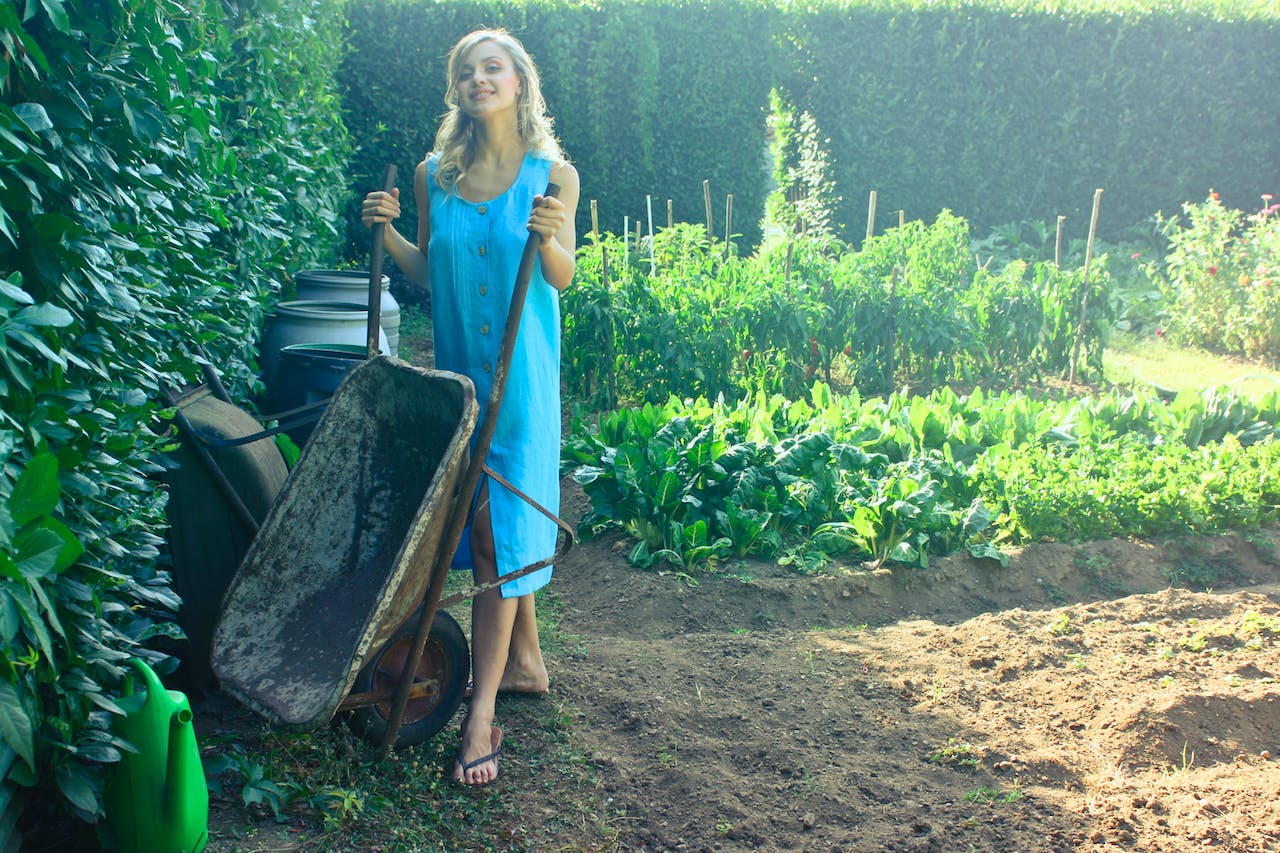Whether your gardener is tending to houseplants, vegetable beds, or a sprawling yard landscape, they’ll need the right tools to do the job. This curated list of the best gardening tools will make it easier for them to keep their plants looking healthy and vibrant.
Pruning shears are essential for keeping plants healthy and promoting growth. Look for high-quality pruners that have a comfortable grip and sharp blades.
Shovel
A shovel is essential for digging holes, moving and spreading soil or mulch, and other gardening tasks. Look for a shovel with a rounded blade and long handle to provide significant leverage when lifting and tossing heavy loads.
Meanwhile, A garden spade has a flat blade ideal for tasks like edging and shaping flower beds and cutting straight edges. It’s also an excellent tool for double-digging and dividing perennials, and it can easily cut through tough roots or sod.
Another tool worth the splurge is a long-handled hula hoe designed for fast, upright weeding. It’s a great way to quickly clear large areas of grass and other unwanted growth without disturbing the top inch or so of soil, which can encourage further development. Invest in a wheelbarrow to reduce back strain when transporting tools purchased with Home Depot coupons and supplies around the yard. Choose a model with two wheels to help stabilize heavy loads. And remember a watering can, which should hold at least 2 gallons and be easy to carry when complete.
Spade
A spade is an essential gardening tool, enabling you to dig holes for planting bulbs, trenches, and garden beds. It can also be used to cut sod or weeds.
A spade has a flat blade and a shorter handle than a shovel. Its distinct design allows for deep penetration, cutting of roots, and gentle levering to remove plants from the ground without damaging them. It’s also great for edging, giving your garden and yard a clean and crisp look. This helps keep grass and weeds from invading the flower or vegetable patch.
A spade can also be used to break up clumps of soil and mix in fertilizer or compost. This can be done in a much larger area than a hoe and is often preferred. It can also spread organic matter like mulch and prevent it from clumping. Using a spade for this task allows the new material to be absorbed evenly before planting. This is especially important for gardens and crop fields turned over annually to allow new organic matter an entire season to become biologically active before Spring planting.
Rake
A rake is a gardening tool for scooping, scraping, gathering, or leveling materials like mulch and soil. It has a long handle and a head with flat or pointed tines. The tines are made of a material such as metal, wood, or plastic and can be sharp or smooth.
A bow rake has a broad, flat head with short, thick metal tines. This heavy-duty tool levels the soil surface, digging and aerating it. A landscape rake is even more rugged and is intended for landscaping projects such as leveling or spreading loose materials like dirt, gravel, and mulch. Workers use a tractor landscape rake, pulled behind tractors, to level large land areas.
A weeding knife has an end that looks like a trowel but has a sharpened pointed spike for pulling up weeds without damaging the surrounding garden. It can dig small planting holes but is more suited for exploring tough roots such as dandelion stems. Pruning shears resemble scissors and make pruning a garden tree or bush easy, reducing the risk of infection from frayed and damaged branches and promoting healthy growth.
Hose
If your yard contains plants that need frequent watering or a lot of spraying, you need a hose. But you can find alternatives that save water and are healthier for your plants.
Garden hoses come in different lengths and designs. Some flatten to a small size and are easier to store when not in use. Others are made of durable materials that hold water pressure and resist kinking and UV rays. Couplings, which attach the hose to the spigot and other attachments, are available in metal and plastic options. Metal ones are more expensive but tend to be better quality.
Some hoses have nozzles that allow you to select from multiple spray patterns and are easier to maneuver and wind up than others. Some are riddled with holes to soak a large soil area automatically. You can also choose from a wide range of add-on accessories to help you keep your garden in tip-top shape.
Wheelbarrow
A wheelbarrow is an essential gardening tool and one of the best tools you can own. Whether you need to transport dirt, rocks, plants, or other garden debris, a wheelbarrow makes the task much more accessible.
The wheelbarrow consists of a metal, poly tray, or other durable plastic material as a bucket attached to a steel brace, a set of wheels (often on air-filled tires but also can be found with solid rubber ones), and two handles. The word “barrow” comes from the Old English barra, meaning a cart or wagon used to carry loads.
The most significant advantage of a wheelbarrow over a garden cart is its ability to carry heavy, bulky items. But there are many other reasons to own a wheelbarrow, including the ease of moving planters around the yard and carrying cut brush away for burning or composting. A seasoned gardener may keep several wheelbarrows of different sizes for various tasks.




